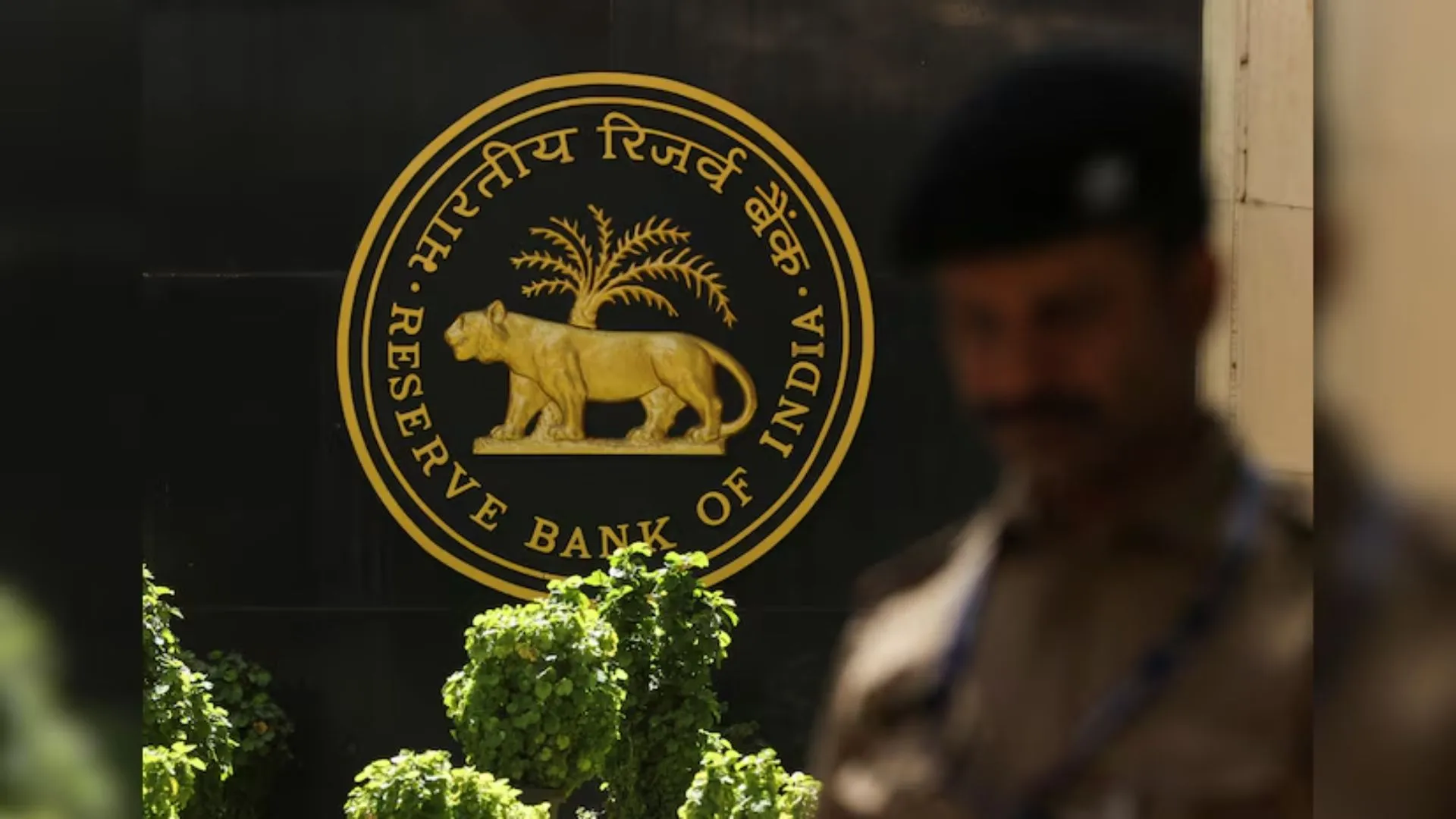In a significant move, the Reserve Bank of India (RBI) announced a 25 basis point (bps) cut in the repo rate, bringing it down to 6.25%. This is the first rate cut since May 2020, marking a shift in the central bank’s monetary stance. RBI Governor Sanjay Malhotra, while presenting the last Monetary Policy Committee (MPC) review of the financial year, confirmed that the policy stance remains neutral, reflecting a cautious but optimistic outlook on the Indian economy.
First Rate Cut in Five Years
Since the outbreak of the COVID-19 pandemic in 2020, the RBI had kept the repo rate unchanged at 4% until April 2022 to support economic recovery. However, as inflationary pressures mounted, the central bank adopted a more hawkish stance and gradually raised the repo rate to 6.5% by February 2023. The recent cut marks a reversal of that trend, signaling a possible shift toward supporting growth amid evolving global challenges.
In addition to the repo rate cut, the Standing Deposit Facility (SDF) and Marginal Standing Facility (MSF) rates have also been reduced by 25 bps to 6% and 6.5%, respectively. The bank rate has also been adjusted to 6.5%.
Why Did RBI Cut the Repo Rate?
Explaining the rationale behind the rate cut, Governor Malhotra stated, “The Indian economy remains strong, though not immune to global challenges. Food inflation is expected to soften with the arrival of fresh crops.” The decision aims to strike a balance between controlling inflation and boosting growth as global economic uncertainties persist.
What is the Repo Rate?
The repo rate is the rate at which the RBI lends short-term funds to commercial banks in case of a liquidity crunch. It is one of the key tools used by the central bank to control inflation and regulate the supply of money in the economy.
When the RBI reduces the repo rate, borrowing becomes cheaper for commercial banks, encouraging them to lend more to businesses and individuals. Conversely, a hike in the repo rate makes borrowing costlier, which helps control inflation but can slow down economic activity.
How Does a Repo Rate Cut Impact the Common Man?
A reduction in the repo rate can have a direct and indirect impact on the lives of ordinary citizens:
- Cheaper Loans:
Borrowers with home, auto, and personal loans linked to the repo rate are likely to benefit as interest rates decrease. This can lead to lower Equated Monthly Installments (EMIs), making it easier for individuals to manage their finances. - Boost in Consumer Spending:
Lower interest rates encourage consumers to spend more, which can drive demand in sectors like real estate, automobiles, and consumer goods. This, in turn, supports economic growth. - Business Growth and Employment:
With reduced borrowing costs, businesses can invest more in expansion, which could lead to job creation and economic development. - Savings Impact:
While borrowers benefit, a lower repo rate can result in reduced returns on fixed deposits and other savings instruments, affecting those who rely on interest income.
The repo rate cut reflects the RBI’s confidence in India’s economic resilience, despite global uncertainties. However, the central bank remains cautious and closely monitors inflationary trends and geopolitical developments.
Also Read: RBI Projects 2025 GDP Growth, Cuts Repo Rate To 6.25%: What This Means for the Economy?























